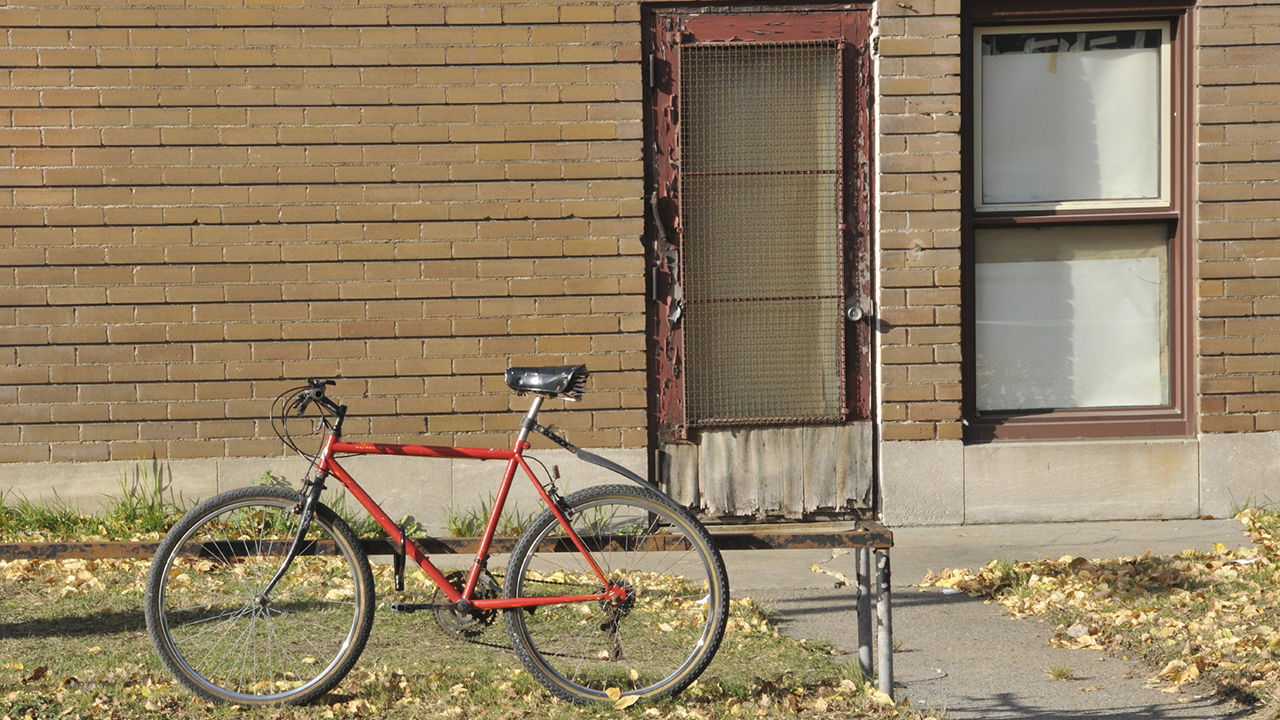Abortion rights, women of color, and LGBTQIA+ people are under attack. Pledge to join us in fighting for gender justice.
How the American Rescue Plan Provides Critical Relief to Women and Families


Women of color have lost so much in the past year. Almost 1.8 million women have left the workforce since the start of the pandemic, and one in 12 Black women and one in 13 Latinas are still unemployed in May. In addition,23.1% of Black women, 17.6% of Latinas, and 20% of Asian women were behind on their rent, and 15.2%of Black women, 11.2% of Asian women, and 11.8% of Latinas were behind on their mortgage payments.
The American Rescue Plan Act (ARPA), which President Biden recently signed into law, is a historic gender justice victory that will provide much-needed relief particularly for women and families. It will boost families’ economic security, provide nutrition and housing assistance, help stabilize the child care sector, support health care, fund schools, provide fiscal relief to states—and much more. This legislation will have a profound impact on women’slives. A Columbia University analysis shows an earlier, substantially similar version of the ARPA would lift an estimated 11.6 million people above the Federal Poverty Line, the majority of whom are people of color.
Here are some of the key wins for women and families:
- For tax year 2021, the ARPA makes the Earned Income Tax Credit (EITC), which benefits working people and their families, more generous and more available for working people who do not claim children for the credit and are currently eligible for only a small EITC. This will provide a critical income boost for the many women of color working as essential workers.
- For tax year 2021, the ARPA increases the amount of the Child Tax Credit (CTC), which benefits families with children, to $3,000 ($3,600 for younger children) and makes the credit fully refundable. This will benefit the lowest income families, who previously couldn’t access the credit. Starting in July, the IRS will make one or more advance payments of the credit available. These expansions will lift an estimated 4.1 million children out of poverty—reducing child poverty by more than 40%!
- The ARPA provides $39 billion in direct funding for child care through a $24 billion stabilization fund for child care providers and $15 billion for the Child Care and Development Block Grant. This funding will help stabilize the child care industry, which has lost one in six jobs since the start of the pandemic. It will also help families, particularly women, afford and access the child care they need to return to the workforce.
- The Child & Dependent Care Tax Credit (CDCTC) helps families meet child care expenses they incur to work or look for work. Previously the credit benefited almost no low-income families. The ARPA makes the credit refundable so these families can access it, and increases the amount of the credit for tax year 2021—helping millions of families across the country.
- The ARPA extends emergency unemployment insurance (UI) benefits through September 6 at $300 per week. This prevents 11.4 million out-of-work people from losing critical benefits. For families making less than $150,000, it also exempts the first $10,200 of 2020 UI benefits from income taxes, saving many struggling families from having to pay off a surprise tax bill.
- The ARPA provides nearly $50 billion in housing and utility assistance. This includes $21.55 billion more in emergency rental assistance, $5 billion for emergency housing vouchers, $5 billion for homelessness assistance, and $5 billion for utility and water assistance. The ARPA also provides $9.96 billion for Treasury to create a Homeowner Assistance Fund—the first COVID relief bill to provide financial relief for homeowners behind on their mortgage payments, housing relief for rural renters and homeowners, tribal nations, and fair housing activities.
- The ARPA authorizes a third round of Economic Impact Payments (EIP). Families will receive direct payments of up to $1,400 per eligible person, including children and adult dependents. Unlike the first two EIP dispersals, this round includes individuals with Social Security Numbers in mixed-status families—including 2.2 million children!
- The ARPA expands and extends the tax credits available to employers who provide emergency paid leave and paid sick days under the FFCRA. Unfortunately, due to reconciliation rules and procedures, the ARPA does not reinstate employees’ rights to take leave; the expanded protections are only available if qualifying employers choose to provide them. The bill expanded the qualifying reasons an employee can take leave and “reset the clock” so employees who have already taken leave can take additional time. Expanding access to paid leave and paid sick days is vital to protect public health and support women and families.
- The ARPA provides $170.3 billion in funding for education, including at least $125.4 billion for K–12 public education programs and $39.6 billion for higher education, and requires at least 20% of funds address learning loss. The ARPA includes a provision addressing “maintenance of equity” that require states to avoid cuts to schools and districts with high numbers of children living in poverty.
- The ARPA significantly invests in health and our nation’s public health infrastructure. In addition to $350 billion in critical state and local funding, the ARPA provides funding for vaccines, PPE, contact tracing, research, and bolsters our public health workforce. The ARPA also provides $50 million for the Title X Family Planning Program—the first increase in funding since FY2014—which is much–needed during this ongoing public health crisis. The law includes several important provisions expanding access to health care and coverage, and does not include restrictions on abortion.
This historic achievement shows that when we come together, we can achieve great things. We must keep up this momentum in our continued fight for an economy that works for all of us. We still need to pass the Raise the Wage Act, which will boost wages for 32 million people—predominantly women and people of color, and we need to establish permanent paid family and medical leave and sick days policies for all. As we look toward the next recovery package we must ensure consistent public investments are made so women of color particularly have what they need to support their families and achieve a brighter future. Together, we can continue making progress for women and families across the nation.




